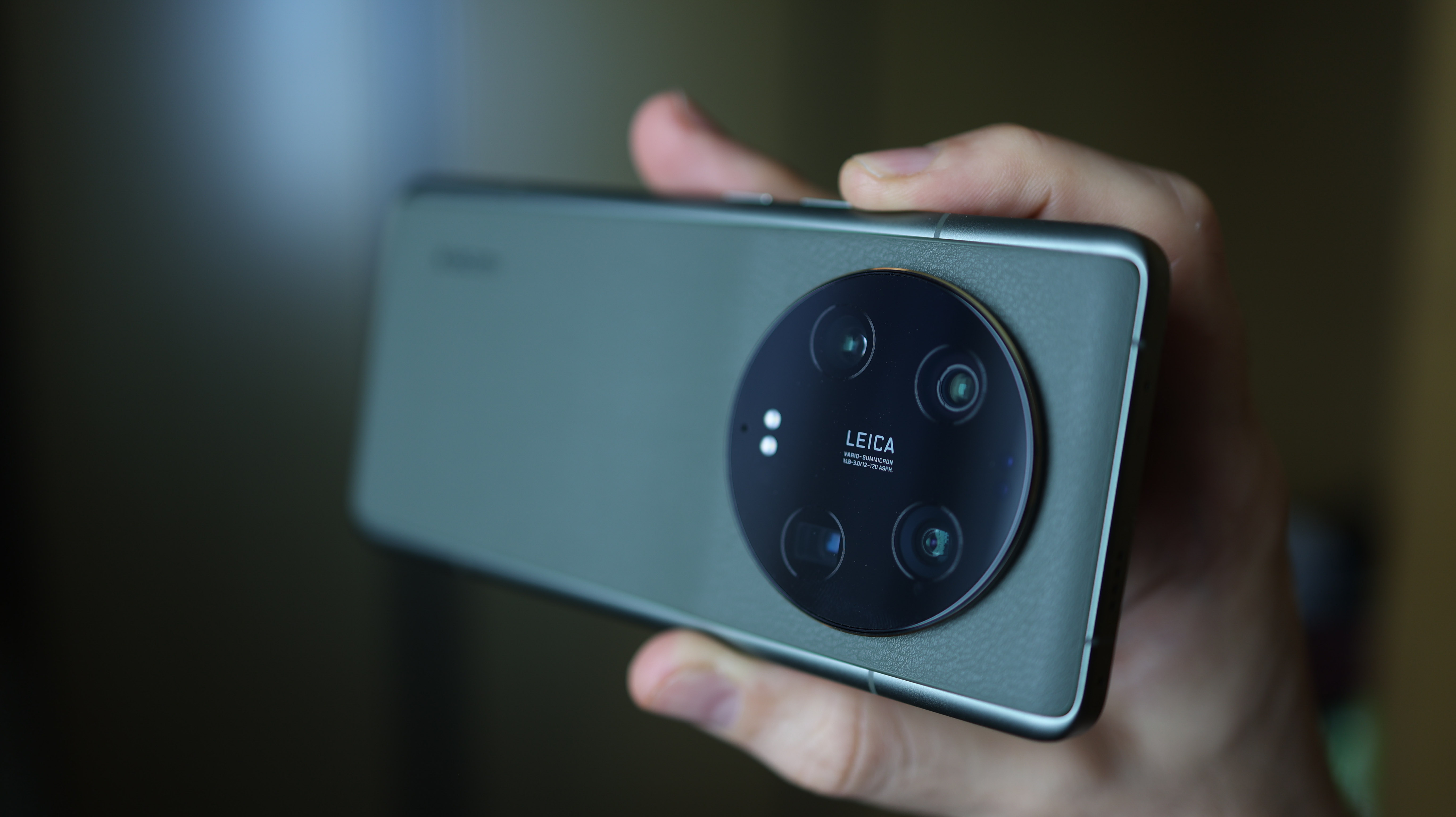
The Xiaomi 13 Ultra has been announced in China, with a global release expected later in the year, and it could be the most exciting smartphone launch ever for photography and video enthusiasts.
Beyond photography, there’s plenty to get excited about with the Xiaomi 13 Ultra. It’s got the best 2023 internals you could ask for, a stunning display, and super-rich styling. But so do a lot of other phones out now, from the excellent Vivo X90 Pro 5G to the Galaxy S23 Ultra.
• Read More: Find out more about the best camera phones currently available.
The 13 Ultra’s singular focus on being a world-class camera phone is why it stands out for the right reasons, though. Yes, we’ve seen Sony’s IMX989 1-inch sensor before. It debuted in the Xiaomi 12s Ultra which we reviewed in 2022, and Xiaomi’s new 13 Pro – two excellent camera phones.
What sets the 13 Ultra apart, though, is that it’s the first 1-inch sensor phone with a variable aperture lens, so you can manually switch between f/1.9 and f/4 for better exposure control, especially handy in bright environments and when shooting video.
Dig a little deeper, and the 13 Ultra’s also packing more party tricks in the form of its quad-50MP Sony sensor setup. By featuring three 50MP IMX858 sensors alongside the primary, 50MP 1-inch IMX 989, it’s ensuring that whether you’re going wide or zooming in, you’re using a decent camera and should get consistency across your images.

Xiaomi 13 Ultra: Design & Screen
If you’re a Leica fan and think the Xiaomi 13 Ultra looks familiar, that’s because its styling pays tribute to Leica's M-series, with its circular camera module, unibody metal frame and leather texture finish, which is an antibacterial nanotech silicone.
That vegan-leather fends off fingerprints and smudges brilliantly, and with Gorilla Glass Victus on the front, and an IP68 water and dust resistance rating, the phone’s probably one of the best dunkable cameras around right now.
While Xiaomi’s official numbers put the phone at just 9.06mm thick, it’s significantly chunkier if you take into account the mammoth camera bump around the back, but at 227g, its weight still manages to undercut the heavyweight champ, the 240g iPhone 14 Pro Max.
You can pick the phone up in Black, Olive Green and White, and generally speaking, we're smitten by its styling in the flesh.
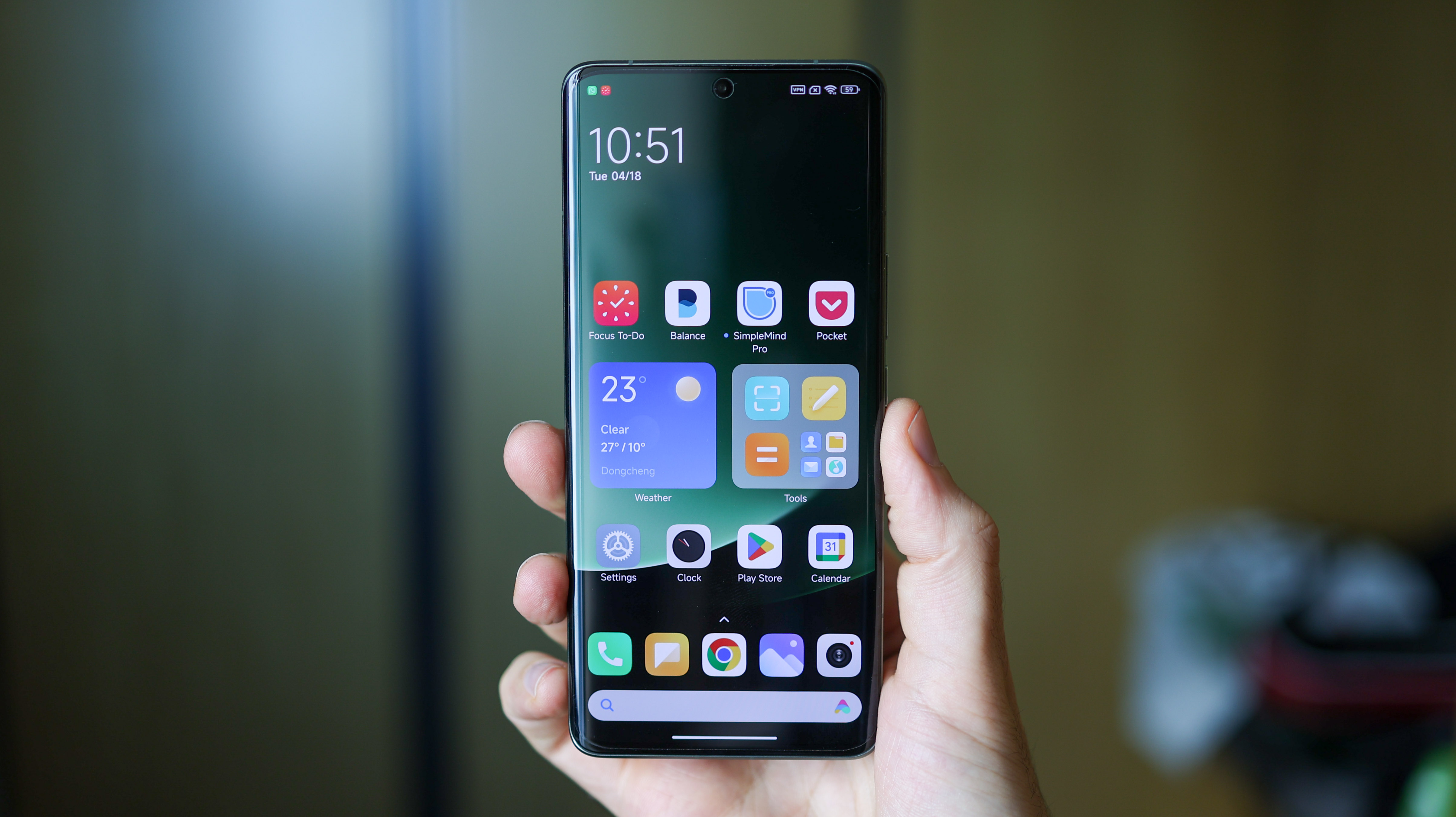
With an ample 6.7-inch screen, the Xiaomi 13 Ultra’s display is big, even if it isn’t as expansive as that of the S23 Ultra. It’s plenty sharp on paper, with a 3440 x 1440 resolution, and thanks to 12-bit color depth credentials, and Dolby Vision, optimized content should look immense on it.
A peak full-screen brightness of 1300 nits means it should be excellent to use both indoors and outside in direct sunlight.
Like the design, the Xiaomi 13 Ultra’s display is almost a check box exercise in top-tier flagship specs, and with its 1-120Hz LTPO adaptive refresh rate, the AMOLED panel should strike a balance of being both smooth and efficient.
Since screen-related headaches and eye strain have become more of a consideration for smartphone makers, there’s been more talk of reduced flickering and PWM (pulse-width modulation) of late. While Honor has been banging the drum the loudest, with its Magic 5 Pro taking home the best display award from DxOMark, the 13 Ultra’s getting in on the action too. Specifically, below 80 nits, the phone’s display offers a 1920Hz flicker rate, which is mighty when compared to much of the competition.
Unsurprisingly, in our short time with the phone, it’s hard to be anything but impressed with the screen, which looks punchy and vibrant, sharp, is responsive, and makes for one fine-looking viewfinder.
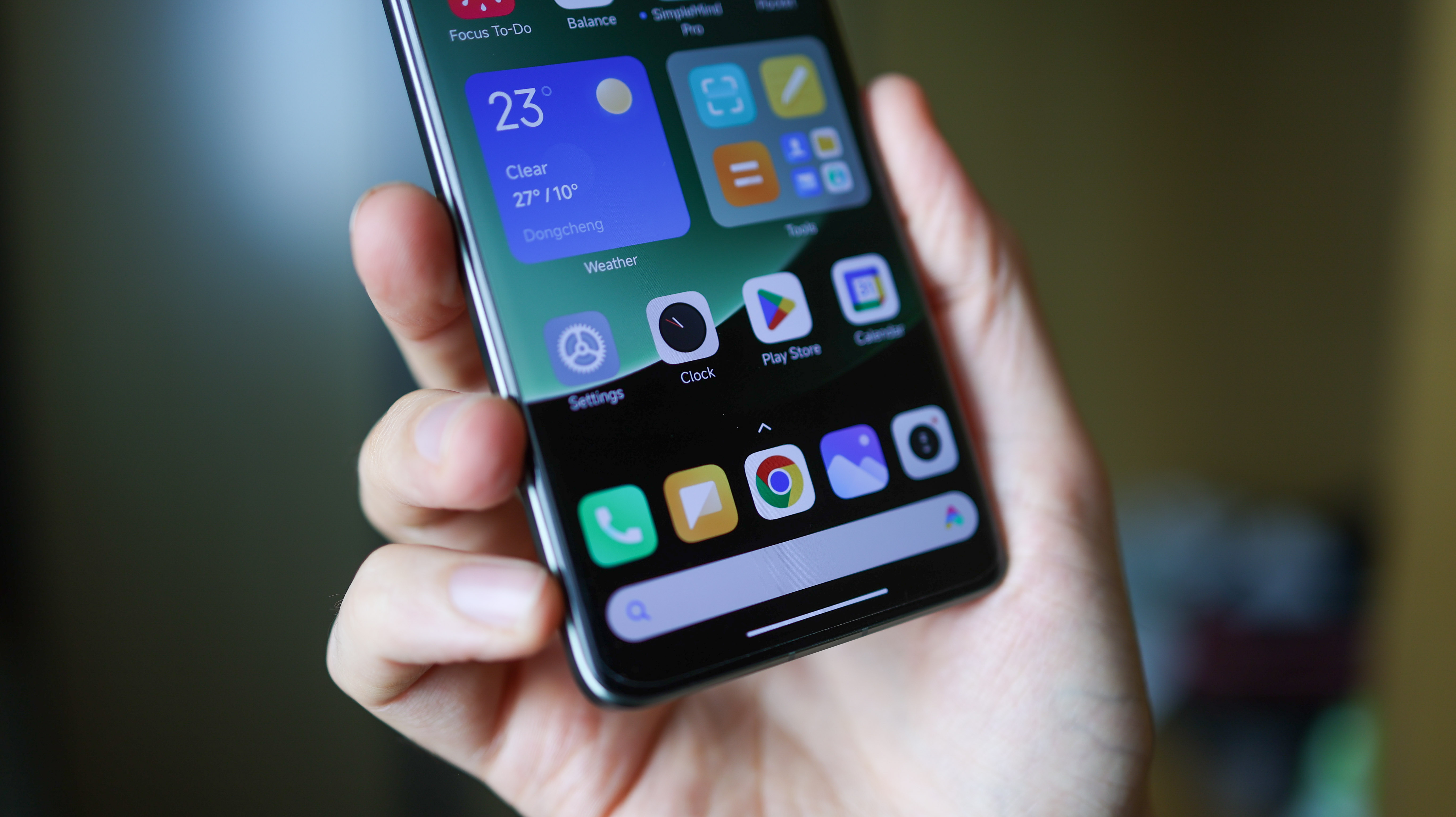
Accessories: Case and point
Not since the iconic Nokia Lumia 1020 have we seen a first-party smartphone case with this much panache and photographic punch. The Xiaomi 13 Ultra's optional accessory is a modular system, that's a hard shell at its core with a screw-on ring around the camera. This can be removed to make way for a 67mm filter adapter, so you can get super-creative with all four of the Ultra's cameras.
On top of opening up a world of long-exposure photography and control over your pictures and video with the adapter, the case also sports a slide-on grip, complete with a zoom toggle, a two-stage power button and a lanyard connector, as well as a USB-C port for charging.
This grip connects to your phone via Bluetooth, adding a third set of functions – remote shutter and zoom. Carrying forward the phone's style, with a vegan leather strip and Leica M1 styling, we're almost as drawn in by Xiaomi's accessory as we are by the phone itself on first impression.
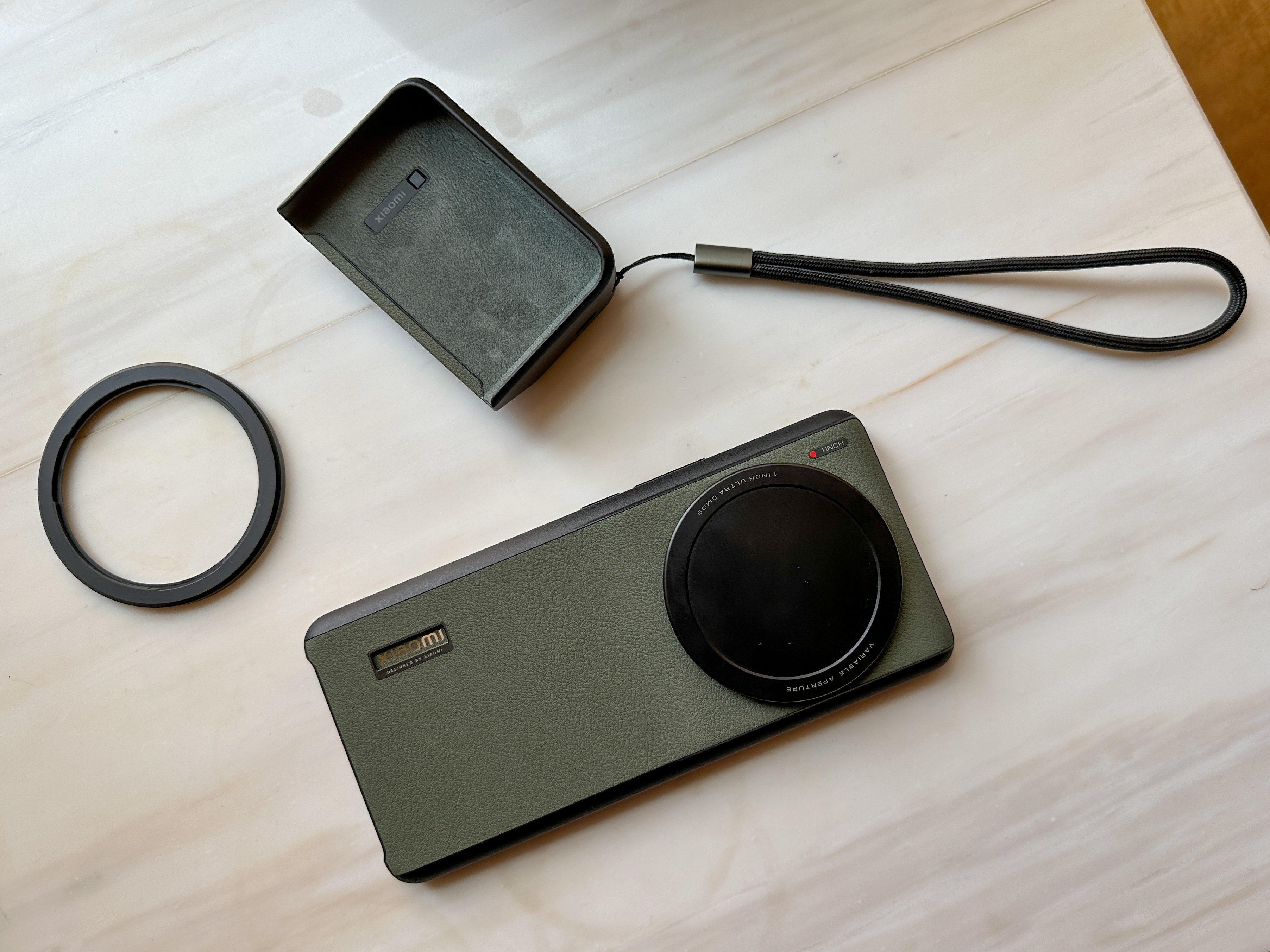
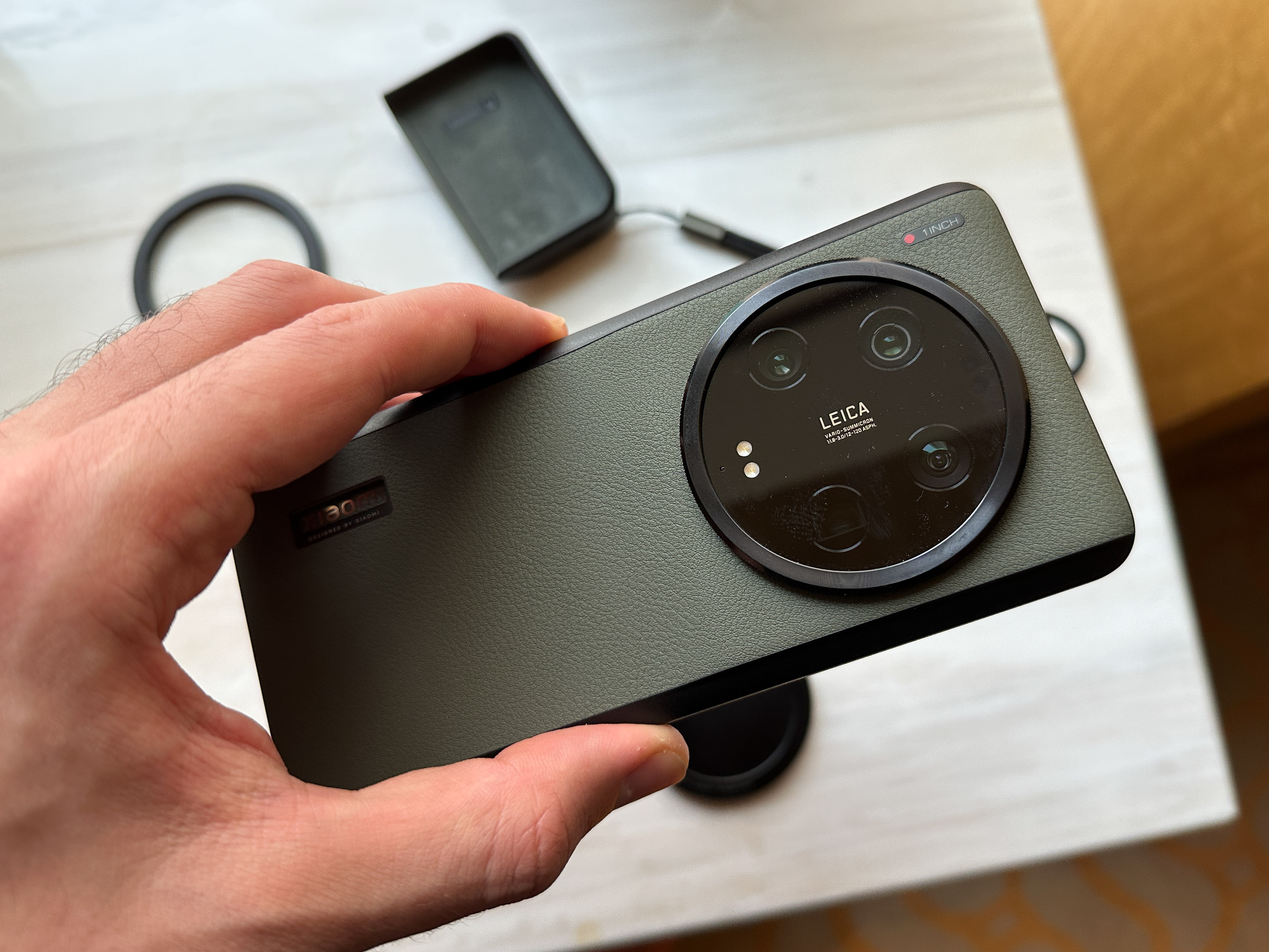


Xiaomi 13 Ultra: Camera Specs
This is why you’re really here – the camera, and the 13 Ultra doesn’t disappoint with four 50MP cameras around the back, and a 32MP selfie camera on the front.
The rear quad camera system covers four focal lengths: 12mm, 23mm, 75mm, and 120mm. Xiaomi also suggests that in well-lit environments, you can expect 46mm and 240mm shots to be relatively lossless. That’s a mighty mix – and while the optical reach can’t best the Galaxy S23 Ultra, the 13 Ultra’s combined sensors out-spec Samsung’s super-phone in terms of size.
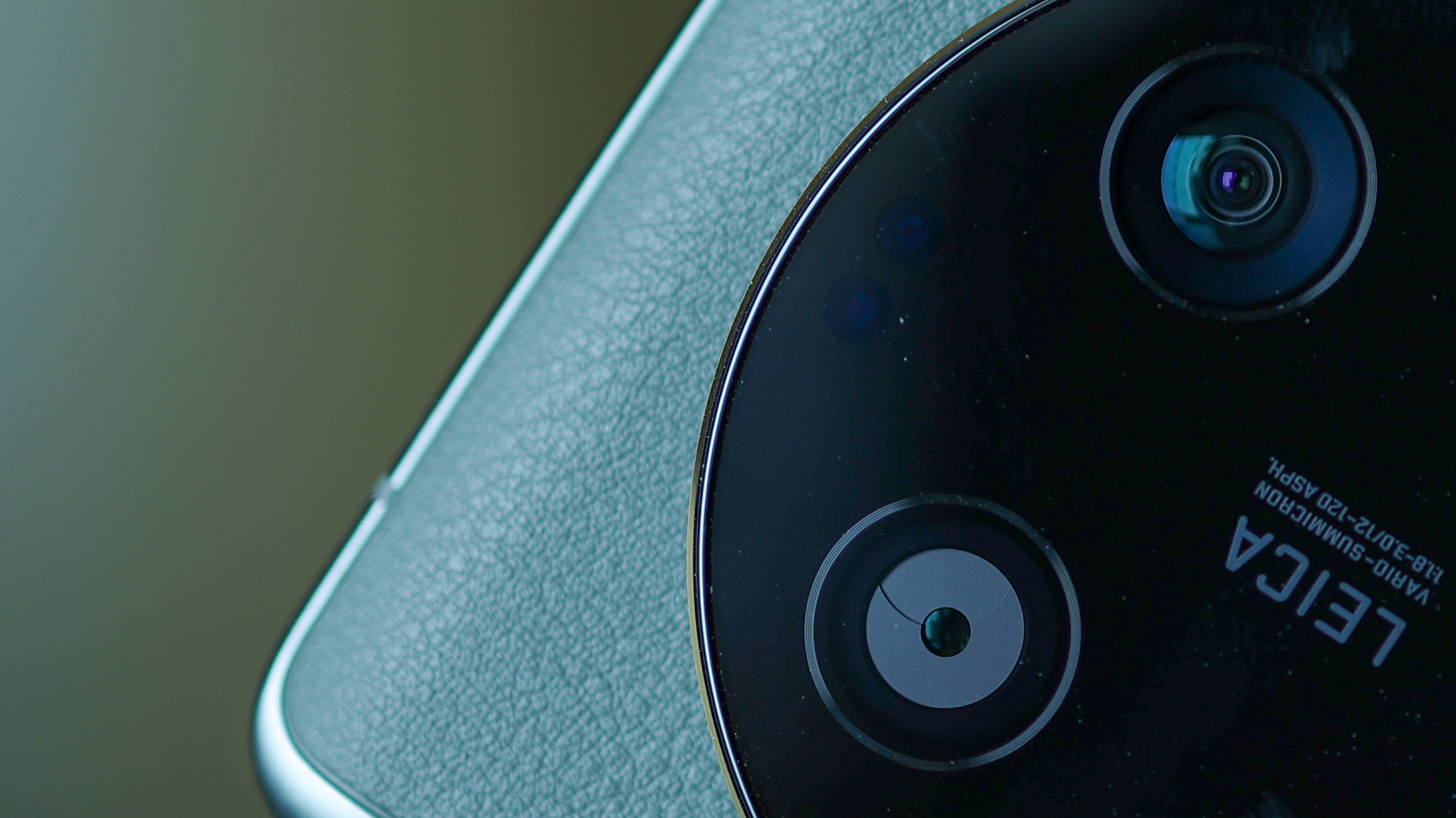
Starting with the primary camera, it features Sony’s 1-inch IMX989 sensor with a Leica ƒ/1.9 and ƒ/4.0 lens, and OIS.
The three remaining cameras all feature IMX 858 sensors, which measure 1/2.51-inch. These aren’t the biggest sensors we’ve seen on secondary cameras – that prize goes to Oppo’s China-only Find X6 Pro. Nevertheless, they are near-best-in-class, and the fact Xiaomi is using the same sensor for all its secondary cameras gives the phone an excellent chance of image consistency at every focal length.
Going into a bit more detail, the 75mm telephoto camera has an f/1.8 lens with OIS, the 120mm telephoto camera has an f/3 lens with OIS, and the 12mm ultra-wide camera has an f/1.8 lens with autofocus and support for 5cm macro photography.
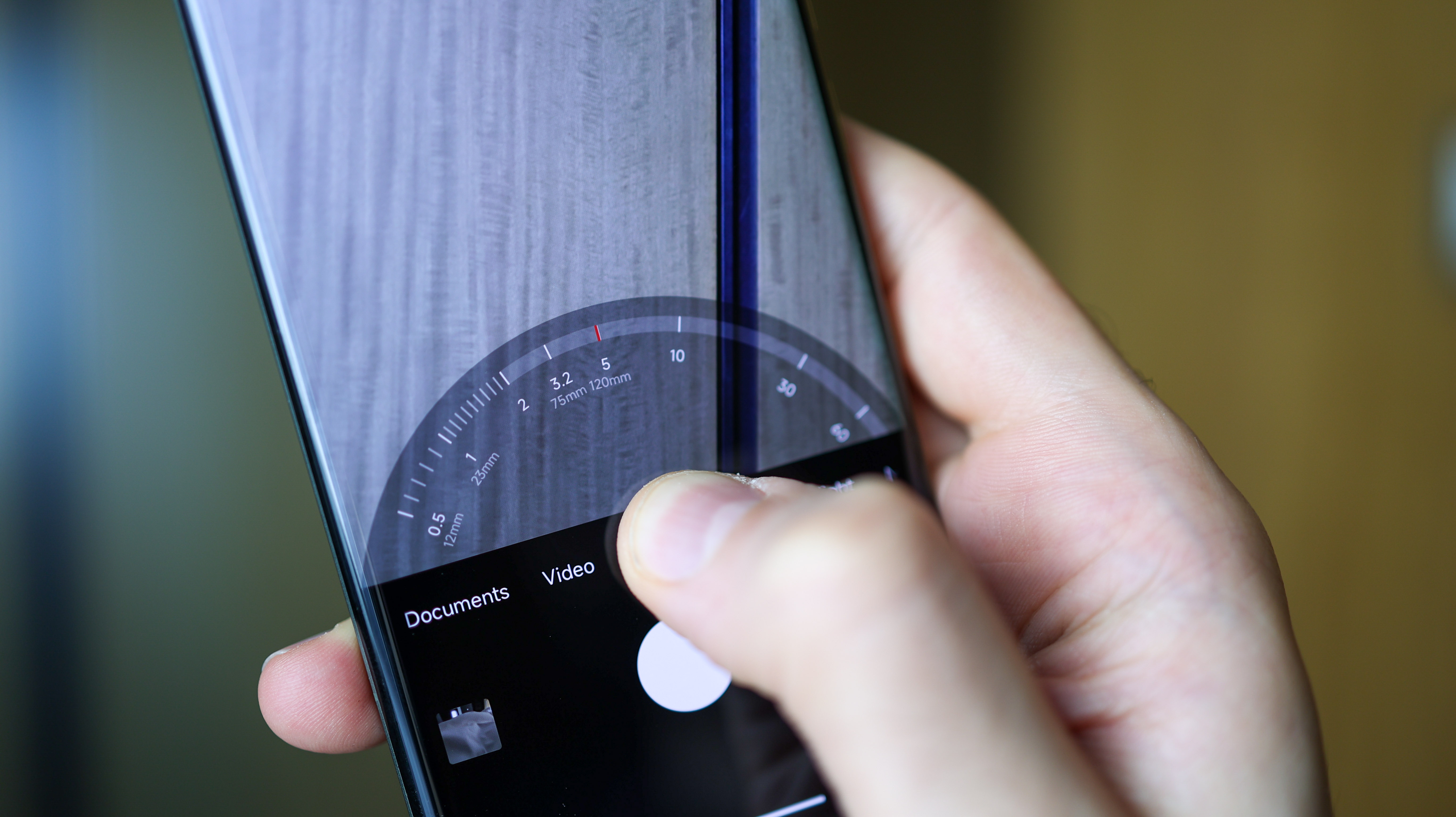
One of the best things about the 13 Ultra featuring a variable aperture is its potential to grab better videos even in bright environments, especially when coupled with the superior dynamic range we can expect from a large sensor like the IMX 989.
With support for 4K, 10-bit LOG recording on the main camera, and 8k video shooting on all lenses too, there’s every reason for videographers to get excited about Xiaomi’s latest Ultra-phone.
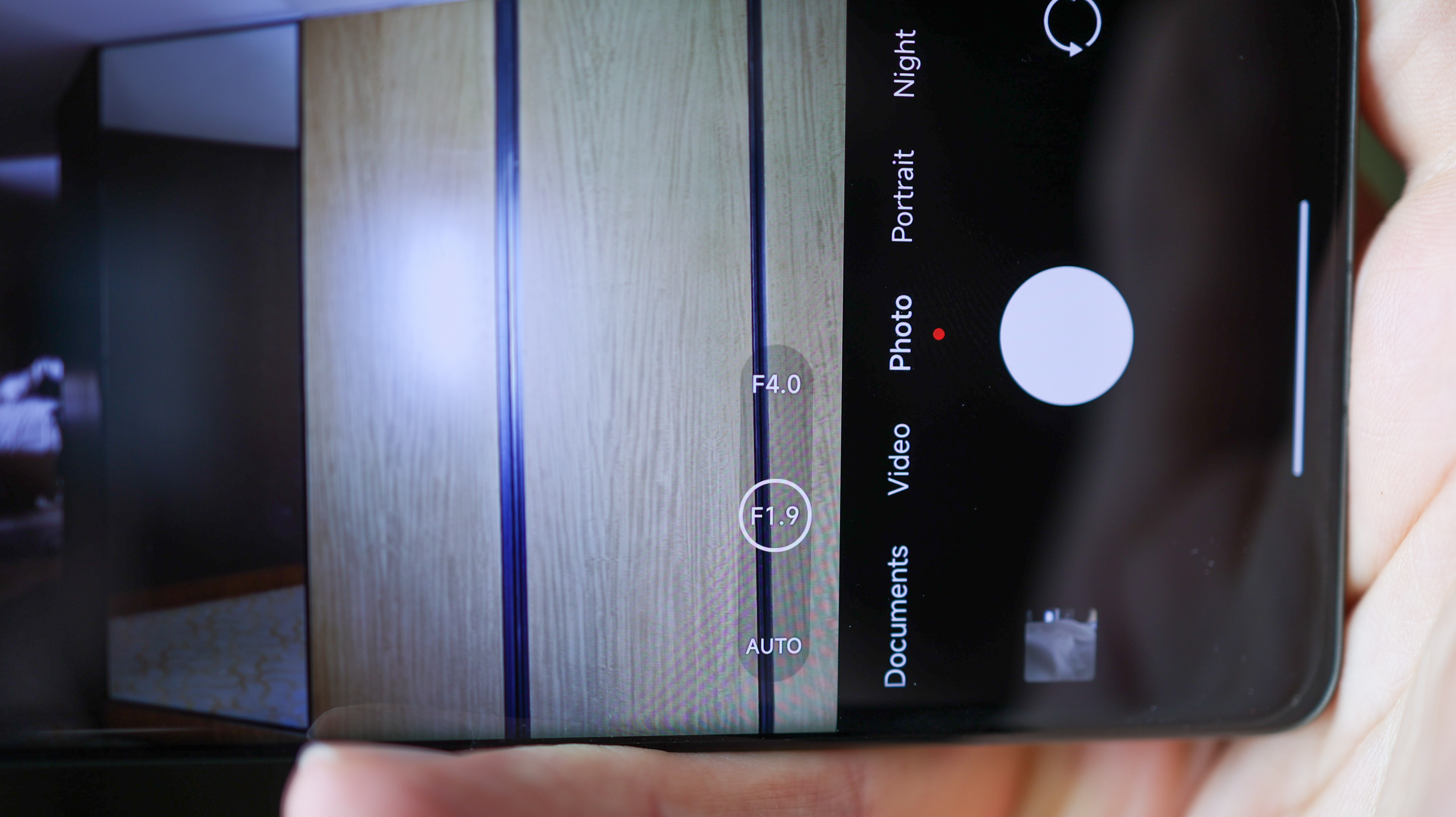
Xiaomi 13 Ultra: Early Camera Samples
While we haven’t had enough time with the phone to review it, we wanted to give you a few examples of early shots we’ve captured in our first few hours with it:
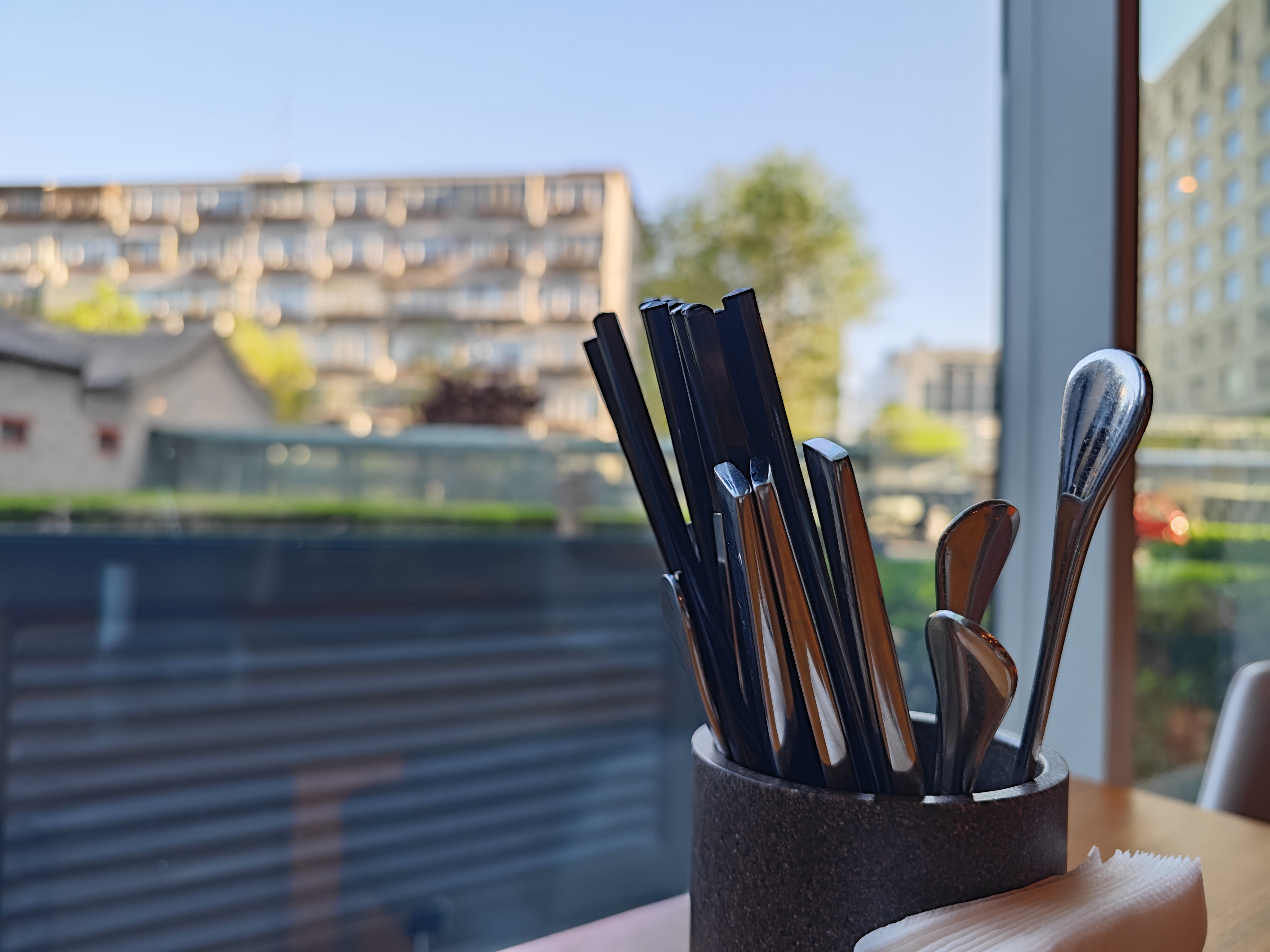





Xiaomi 13 Ultra: Additional Specs
Running with a Qualcomm Snapdragon 8 Gen 2 chip, we’ve got high hopes for the Xiaomi 13 Ultra’s performance based on how well the processor has powered other phones.
Xiaomi has also upgraded its USB-C port to USB 3.2, so the 13 Ultra can transfer data at a mind-bogglingly fast 5Gbps, and output 4K 60Hz.
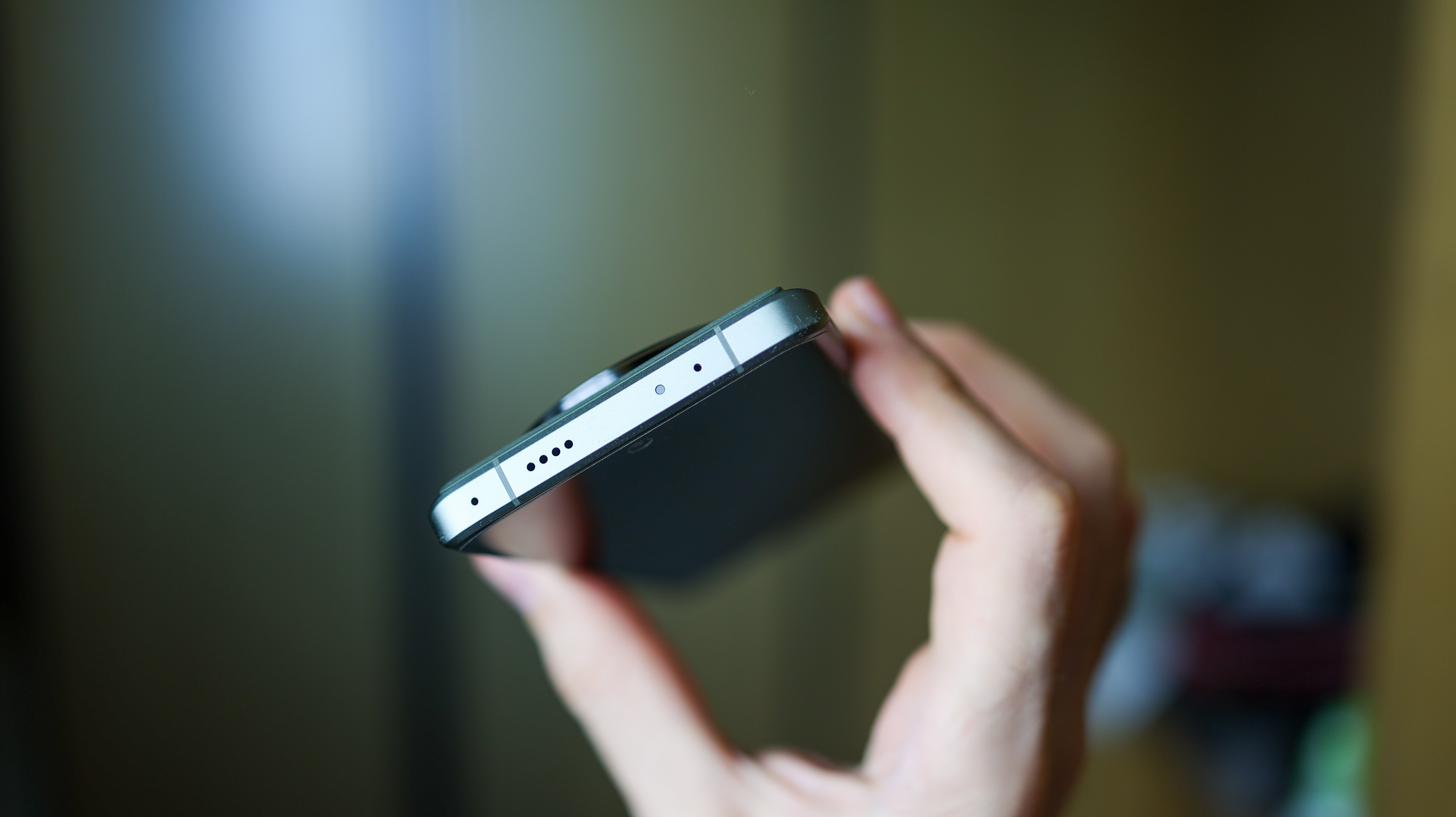
While we’re optimistic for a global launch, right now, the 13 Ultra has only been confirmed for China, so the software we’ve been using is a Chinese version of Xiaomi’s MIUI on top of Android 13. It’s still got access to the Google Play Store by way of a simple download, but features like Google Nearby Share might not work if you decide to import the 13 Ultra before it officially drops in your region.
As for battery power, the 13 Ultra’s 5000mAh supports 90W wired charging and 50W wireless charging, with Xiaomi claiming the phone can be powered up fully in 35 minutes.
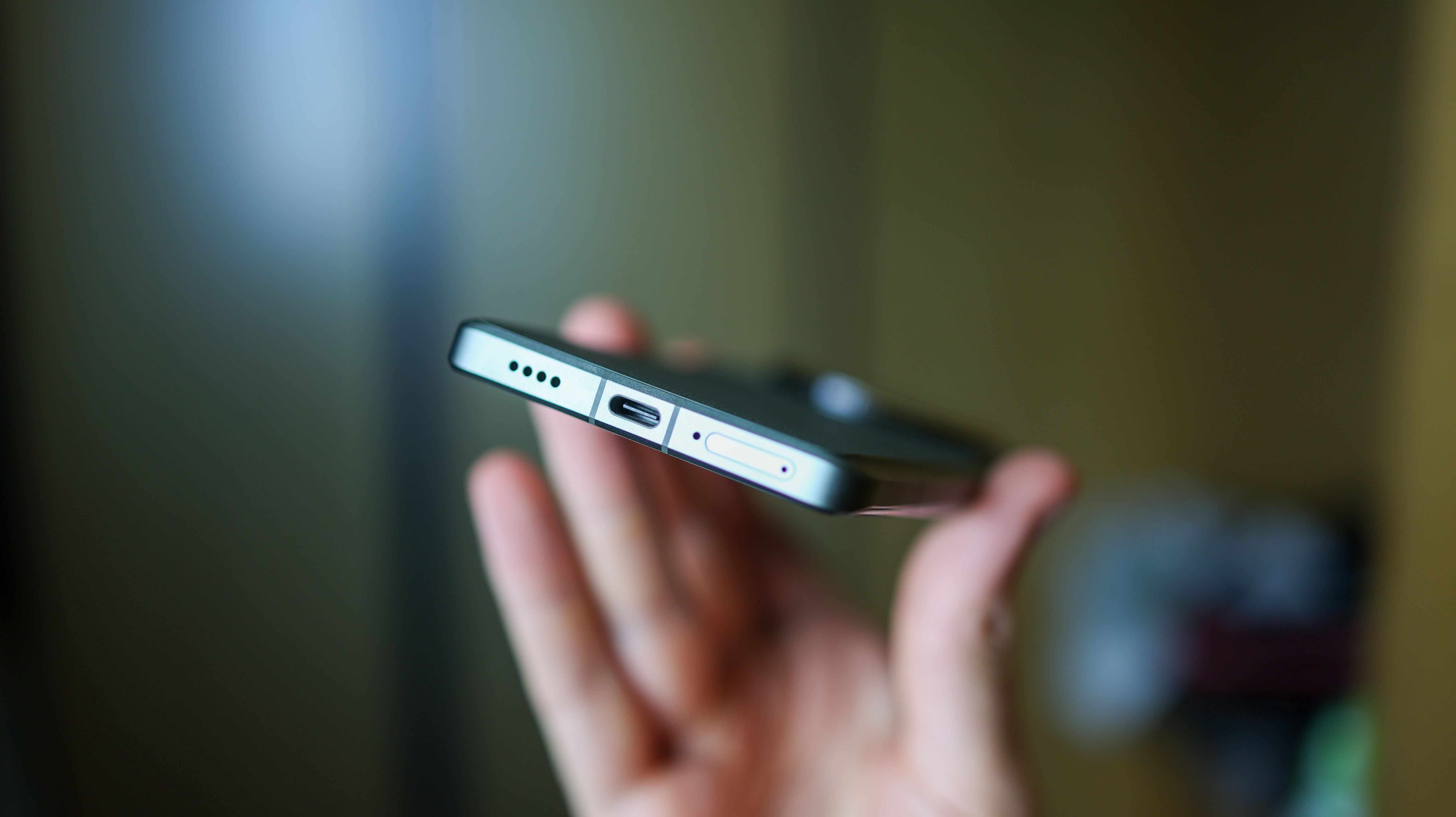
Xiaomi 13 Ultra: Early Verdict
There’s no doubt about it, the Xiaomi 13 Ultra looks set to be the best camera phone around if we’re going by specs alone. Alongside the mighty Oppo Find X6 Pro, its emphasis on a quality secondary camera system helps it edge ahead, and the pioneering combination of a 1-inch main sensor with a variable aperture is incredibly exciting for photo and video enthusiasts alike.
To call it an RX100 lite might seem like a stretch, but with a comparably sized sensor and now, aperture control, the Ultra really does represent smartphones edging ever closer to becoming as powerful as premium compact cameras.
Check back for more on Xiaomi 13 Ultra availability where you are, and to see how some of the best camera phones you can actually buy right now stack up against one another, see how the Apple iPhone 14 Pro, Google Pixel 7 Pro, and Samsung Galaxy S23 Ultra compare.

Read More: Find out more about the latest camera phones for photography and video making in our guides to the best Android phone, the best camera phone, and the best budget camera phone.







